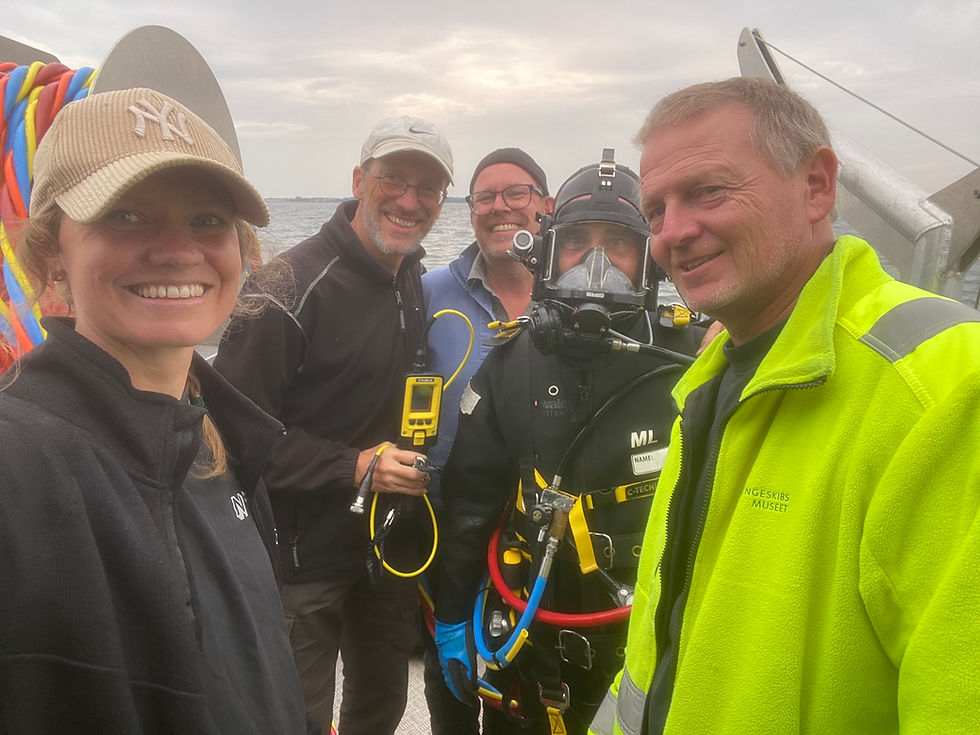IJNA Webinar 10: ENDURE - Mapping the Future of Underwater Heritage with Dr Rory Quinn
- ENDURE

- Sep 1
- 1 min read
Rory Quinn provides an overview of ENDURE's goals, methods, and early findings. Central to the project is the concept of "entropy"—how natural decay processes influence wreck preservation over time.
The study highlights how integrating marine science, archaeology, and computational modelling can lead to new ways of protecting underwater sites sustainably. A focus of the talk was the recent study of 549 historic wrecks in the North and Baltic Seas, using multibeam echosounder data and open-access environmental datasets. By combining remote sensing, open-data portals, and statistical modelling, researchers created predictive maps showing where wrecks are likely to be best preserved. Depth, salinity, bottom-fishing intensity, and time since sinking were identified as key factors. The southern Baltic and the Norwegian Trench were shown to have the highest preservation potential, while wrecks in shallow North Sea areas are more at risk. These preliminary findings not only validate and expand on theories first proposed 45 years ago by Muckelroy, but also illustrate the power of modern digital tools in maritime archaeology.
As ENDURE progresses, the project will refine these models and incorporate in-situ monitoring and materials decay studies—ultimately offering decision-makers better tools to protect our submerged cultural legacy.




Comments